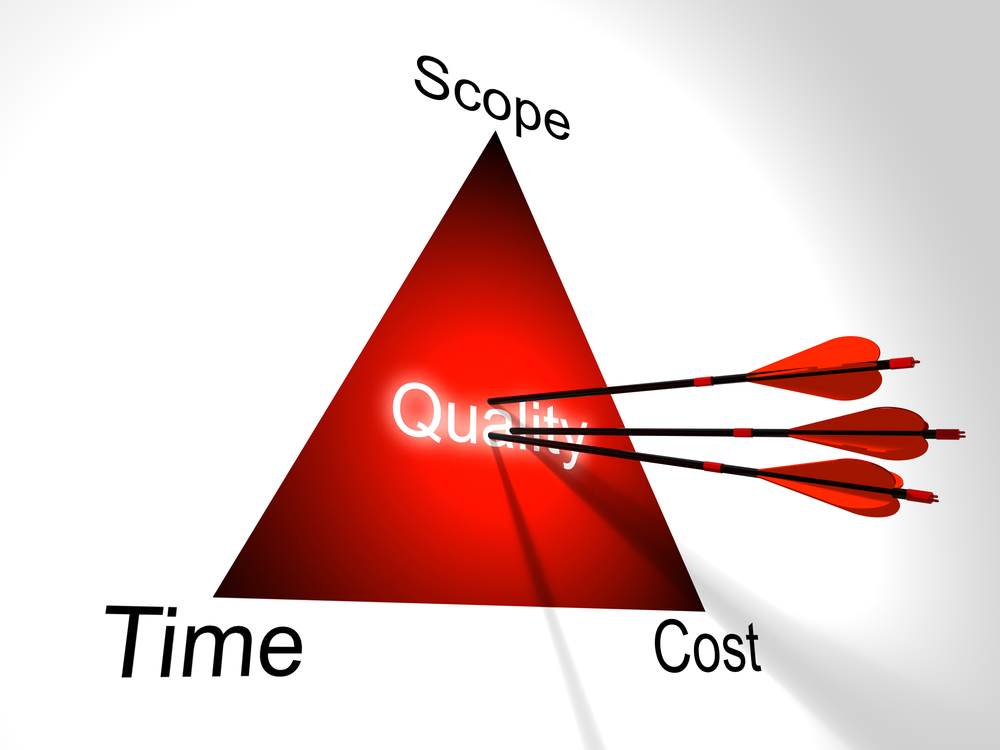There are four ways to measure work in your integration business
Quantity
First are measures of output, starting with Quantity: how much work was produced. You can usually identify and report the number of units, pounds, or other output measures, no matter what kind of work it is: So many bricks laid, so many bags of pretzels shipped, so many ounces of gold mined. Managers generally seek to increase Quantity.
Quality
The second output measure is Quality: how good is the work produced? Were all the bricks plumb, did each bag of pretzels contain 12 ounces, how pure was the gold. Managers almost always want better or higher Quality.
Time
The third measure is one of input, Time: how long did it take to do the work? It’s easy to measure this—though we don’t always do it too well. Managers like to see Time savings.
Cost
The last input measure is Cost: what was the cost of doing the work? Good managers look for ways to save or reduce Cost.
So when we can increase output (Quantity or Quality) or reduce input (Time or Cost) it’s good, right? Maybe and maybe not.
When you push more work out the door (good) it usually takes longer and costs more (bad).
When you speed up the work or cut costs (good) both the quantity and the quality can—and usually do—suffer (bad).
So movement in a desirable direction of one measure can give you offsetting and undesirable movement in others. There are countless examples of this.
One possible exception is emphasis on Quality.
Improved quality does not automatically reduce output, take longer, or cost more.
Improved quality does not automatically reduce output, take longer, or cost more. In fact, when you have fewer rejects, less re-do, and better processes, you may actually get improvement—not offsets—in the other three. Is it guaranteed? No, but it’s a much safer bet than stressing one of the other three. And those are just the hard measures. When you think of employee buy-in, client acceptance, image, reputation, and other soft measures, it’s much easier to get buy-in.
There are numerous ways to improve quality. The smart manager is always looking for them.
Looking for answers? Ask Navigate about how focusing on quality will impact success in your integration business. [email protected].
This is a guest blog post from our partners at Navigate Management Consulting.
Handpicked Related Content: Lean Methodologies for Integrators
Handpicked Related Content: Keep Track of Project Management Costs in Real Time to Improve Your Bottom Line


